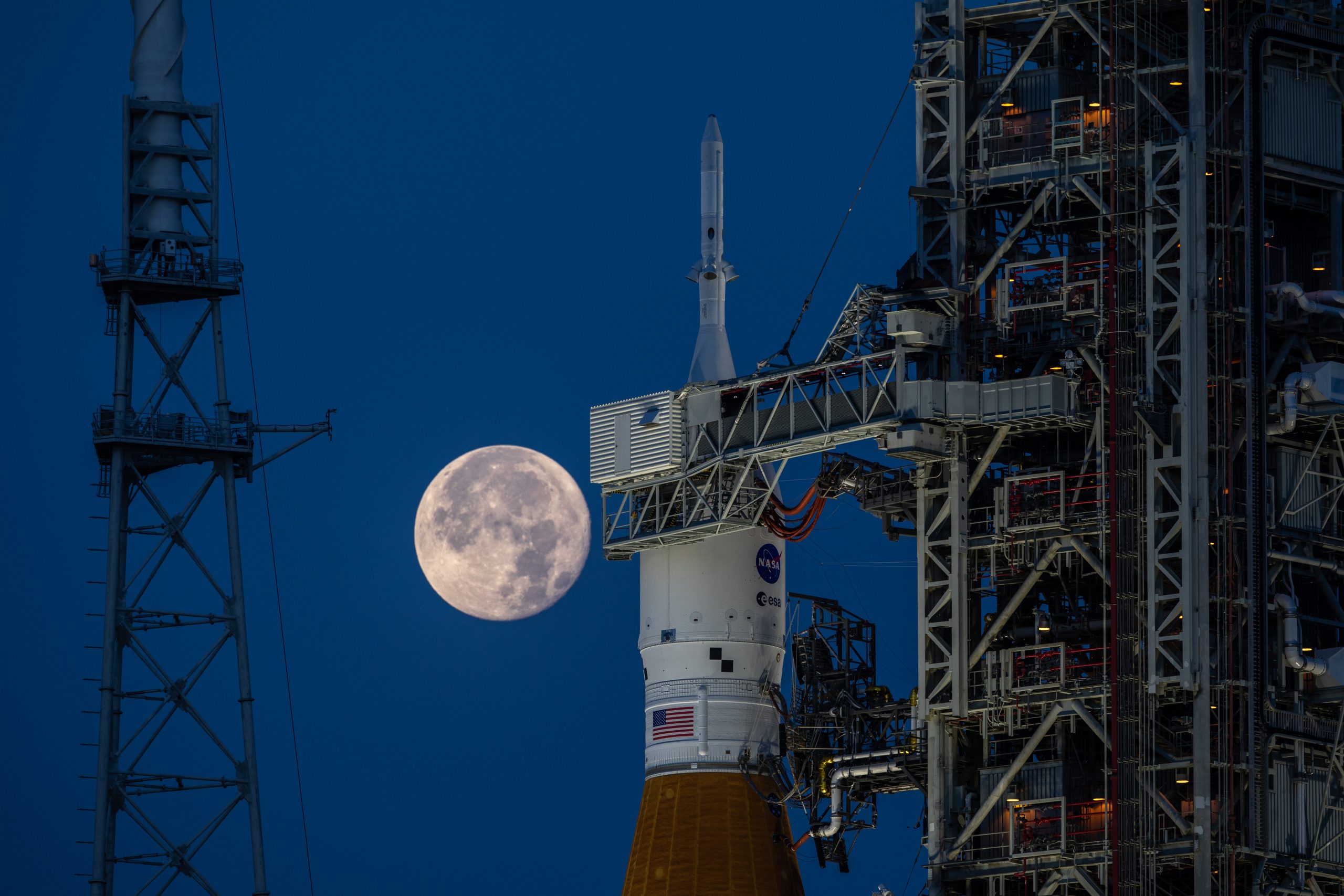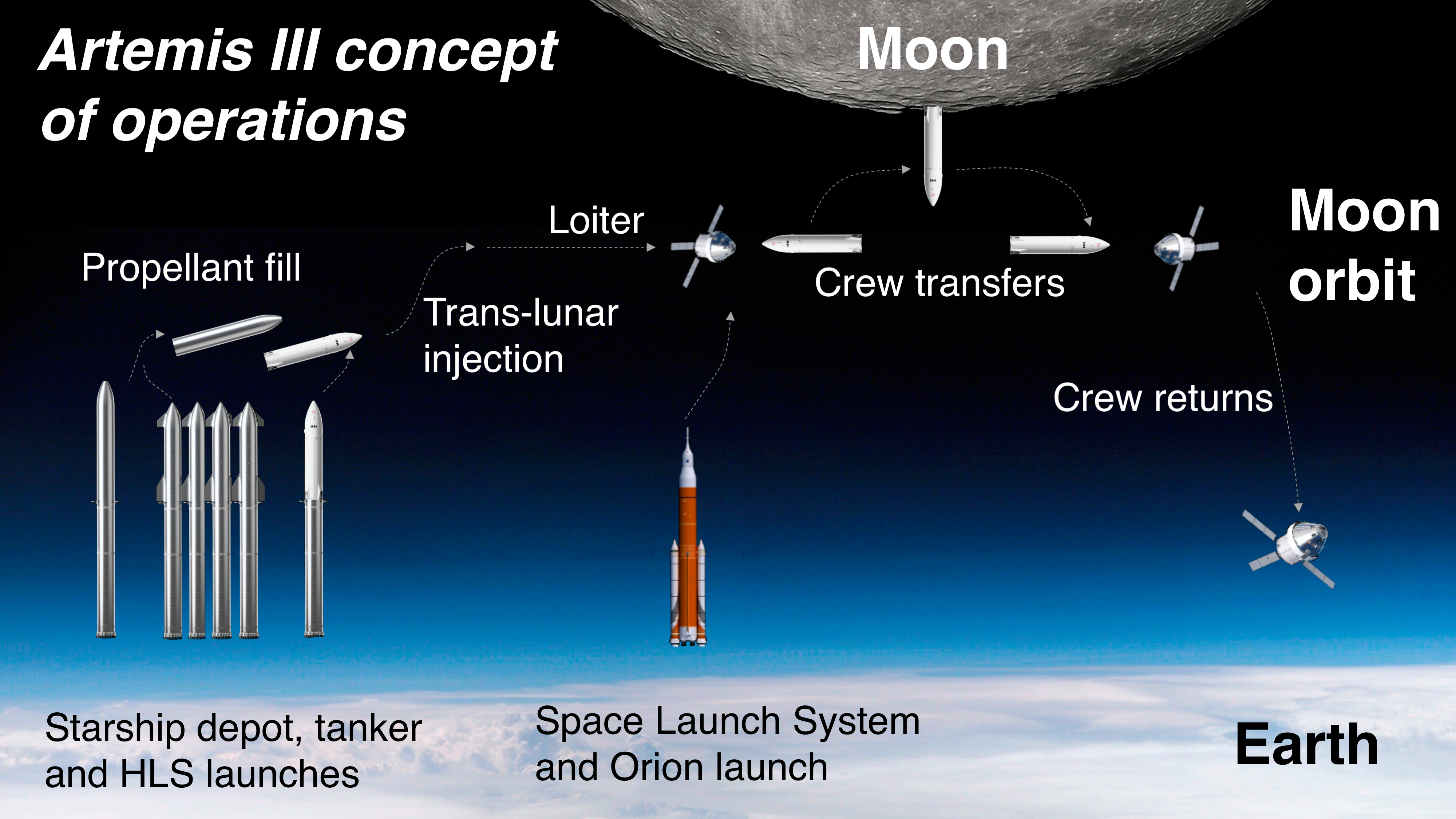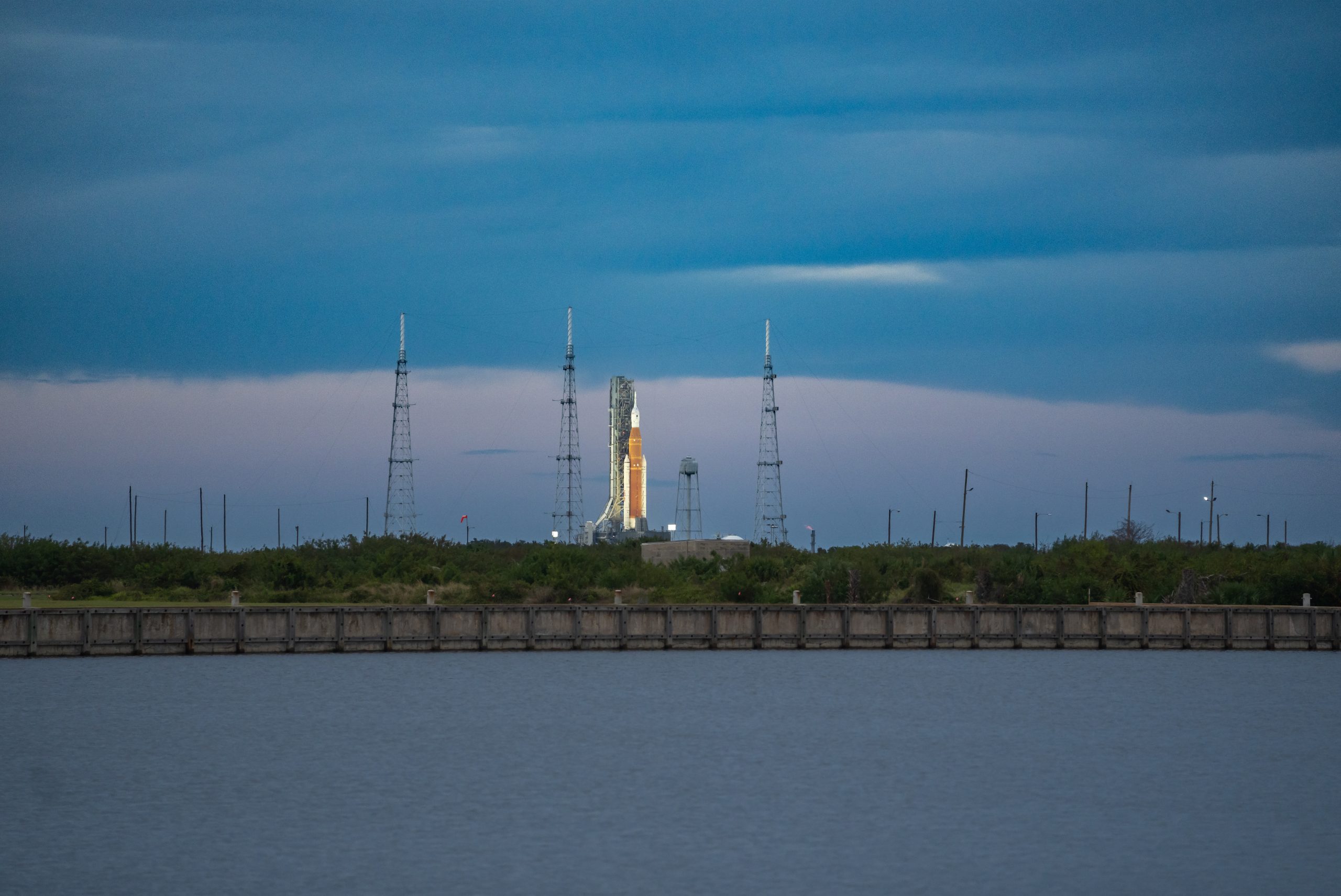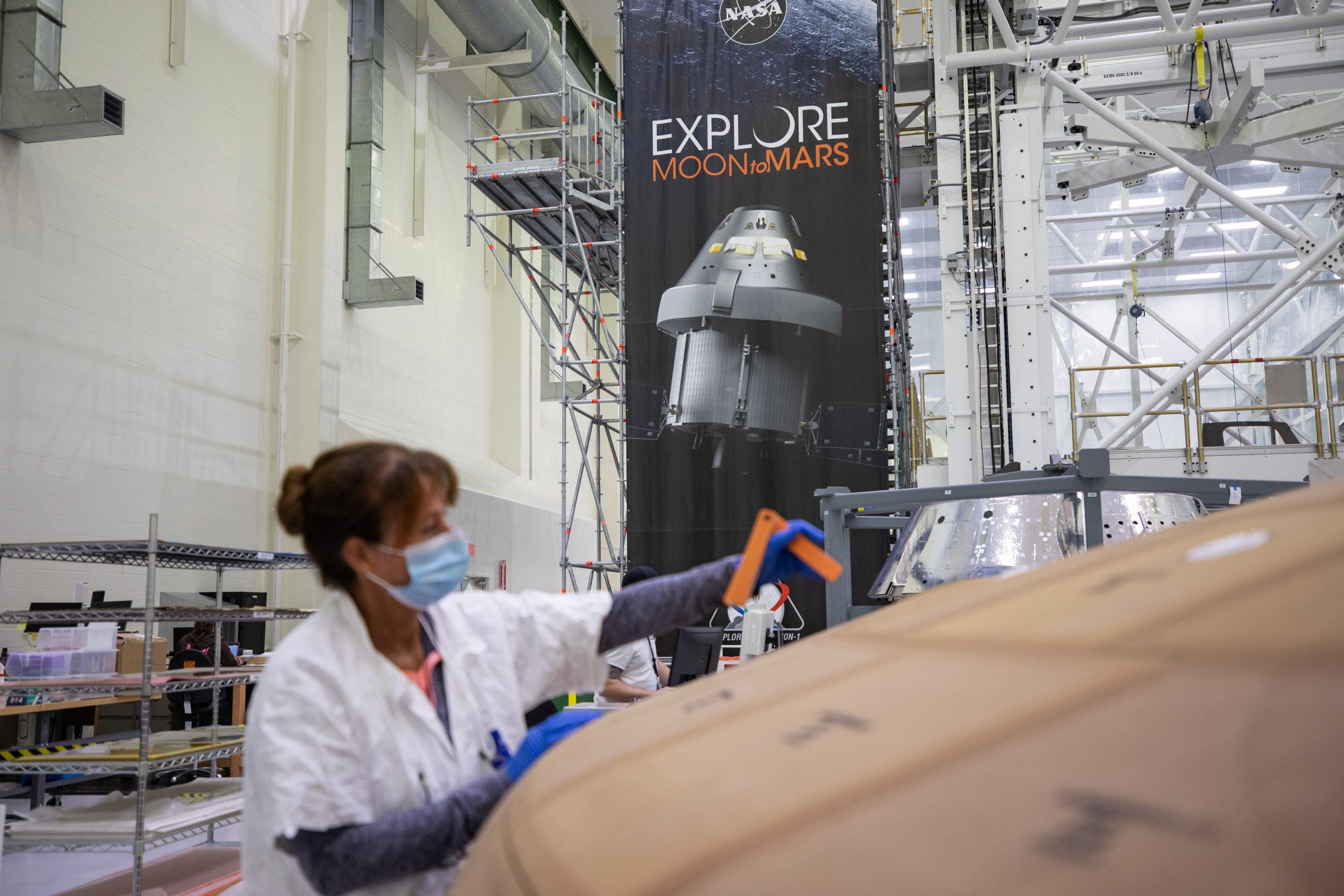NASA’s Artemis Programme: Living Beyond Earth

Artemis is NASA’s programme for “the next era of human exploration”. But creating a sustainable presence on Moon is just the beginning.
Billboard
Skyscrapper
Halfpage
Artemis is NASA’s programme for “the next era of human exploration”. But creating a sustainable presence on Moon is just the beginning. From here, the space agency plans on sending missions to Mars. The next crewed mission in 2024 will include a woman, a person of colour, as well as the first person to travel around Moon from a country other than the US. Read more about Artemis here.
Artemis is a series of space explorations and projects by the US-American organisation for National Aeronautics and Space Administration (NASA). The current goal is to land the first woman and first person of colour on the Moon by the end of 2024. With innovative technologies, NASA Artemis aims at exploring more of the lunar surface than ever before. This might result in establishing the first long-term presence on the Moon. According to NASA, the next step will be sending the first astronauts to Mars, using Moon as a base.
Exploring space from a new perspective
Currently, NASA is working on designing the Artemis Base Camp on the surface of the Moon, as well as a Gateway in the lunar orbits. Together, these elements will allow the organisation’s robots and astronauts to explore space from a new perspective. With the Artemis Generation, NASA wants to further scientific discovery, create economic benefits, and provide inspiration for a new generation of explorers.
NASA is leading Artemis as a robotic and human Moon exploration programme. It has three partner agencies: The European Space Agency (ESA), the Japan Aerospace Exploration Agency (JAXA), and the Canadian Space Agency (CSA). It intends to re-establish a human presence on the Moon for the first time since the Apollo 17 mission in 1972.

Artemis: Looking for Mars technologies
The main parts of NASA’s Artemis programme are the Space Launch System, the Orion spacecraft, the Lunar Gateway space station, as well as the commercial Human Landing Systems. In the long term, Artemis wants to establish a permanent base on the Moon in order to facilitate human missions to Mars. The programme was formally established in 2017. The first launch of the Orion spacecraft was set for 2016 but was then rescheduled and eventually launched on 16 November 2022 as the Artemis 1 mission. This uncrewed flight had robots and mannequins aboard. The crewed Artemis 2 launch will take place in 2024, and the Artemis 3 crewed lunar landing in 2025. For 2028, NASA plans the Artemis 4 mission with docking at the Lunar Gateway and yearly landing on the Moon thereafter.
The planned surface operations under Artemis include a base camp or lunar outpost. It might be established by the end of the 2020s. This site will include the surface habitat module with dwelling structures for the residents; the lunar terrain vehicle for transporting suited astronauts around the base; and the pressurised rover to enable multi-day and longer-range explorations. Missions to Artemis Base Camp could be as long as two months. They will be used to study technologies to use on Mars.
Venturing beyond Earth to stay
In November 2022, the Artemis programme saw a major achievement with the launch of Artemis I. It was an uncrewed test flight to Moon. The Artemis II crew will be the first humans to fly aboard NASA’s 98-metre-all Space Launch System rocket and Orion spacecraft. The famous Apollo mission in 1969 was driven by geopolitical competition. Artemis pursues the long-term goal of venturing beyond Earth to stay. It wants to explore the Moon’s south pole. There, permanently shadowed areas hold deposits of lunar soil rich in water ice. In the future, missions could harvest this resource to produce, water, and rocket fuel.

Criticism and renewed interest in Moon exploration
The Artemis programme has faced criticism from several space professionals. The Gateway in particular, which is planned for 2027, is not popular. Scientists have said that this lunar orbit project will not help in getting humans back to the Moon. Instead, a crewed lunar landing in 2024 with a heavy ferry or lander could help with lunar projects.
Even Buzz Aldrin, the famous Apollo 11 astronaut, disagrees with NASA’s current goals and priorities. He has questioned the necessity of a lunar outpost, while expressing support for alternative ideas to travel between Earth’s orbit and the lunar surface. Observers have also noted that the cost and timeline of Artemis are likely to be overrun and delayed due to NASA’s inadequate management of contractors and internal conflicts.
Considering that only 12 human beings have ever stopped on the Moon’s surface, there is certainly room for more exploration. After the famous 1969 landing and further explorations in the 1970s, there has been a long pause. This is mostly due to lacking funds and different priorities in space exploration. Now, NASA has reignited interest in Moon travel, which has led to proposals for 3D-printed habitats by ICON – read more about this project here.

More diverse astronauts with Artemis
So far, all of the “moon walkers” and the astronauts who travelled to Moon were male. Four of them are still alive. With its next Artemis mission, NASA will send four astronauts to Moon in late 2024. They will launch atop the organisation’s Space Launch System rocket for Artemis II. This 10-day flyby mission around the moon will be the first trip of this kind in five decades. The crew includes the first woman, the first Black person, and the first non-American to ever leave low-Earth orbit. The astronauts’ names are Reid Wiseman, Victor Glover, Christina Koch, and Jeremy Hansen.
Artemis II will follow a similar path to the 1968 Apollo 8 mission, which was the first-ever human flight to the moon. The astronauts will travel over 400,000 kilometres away from Earth, around the Moon, and back. This will help NASA prepare for Artemis III, a crewed mission to the Moon’s surface launching in late 2025 or later. Time will show whether a base camp on Moon and subsequent explorations of Mars will become a reality this decade.












